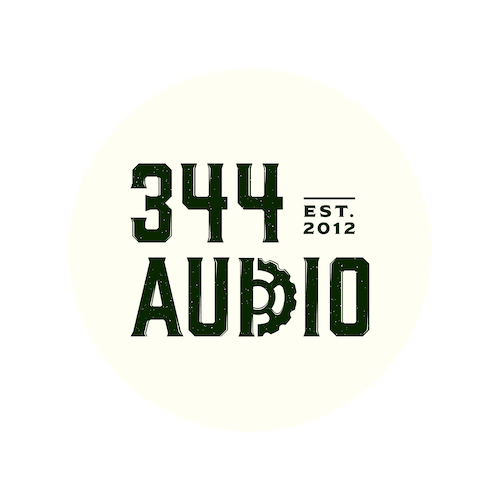


Native instruments Kontakt has been around for many years now and in that time it has become a trusted tool for many composers, sound designers and audio professionals.
There may of course be times where the patch you are working with reaches its limitations, and you are in need of something a little more bespoke to your needs. This is where knowing how to create your own Kontakt instrument can be really useful.
If you've ever had an idea for a cool sampler instrument but you didn't know how to go through the process of creating one then this short guide should give you all the information you need to build your own.
The first step to building your own Kontakt instrument is to decide upon the concept that you will be working with. Perhaps you have an old electric piano that you could sample, or maybe there are some toy instruments lying around your studio like a xylophone or something similar.
Once you have decided upon the subject you wish to sample, take sometime to think about the desired outcome for the instrument. Is it for commercial release or just for personal use? Is it something that you will be using all the time or is it more just a little experiment to play around with? The desired outcome of the instrument will dictate the next stage of the process, as an instrument for commercial release will require a much more meticulous approach than one that is just for personal use.
For the sake of the guide, lets use the example of the xylophone for our instrument.
Once you have decided upon your concept its time to enter the recording stage. This is where you will capture all of the audio material that you will program into the instrument.
Before you hit record, there are a few things we need to think about and key terminology to wrap your head around.
Velocity layers - Will your instrument have different velocity layers? This is where you record each sample multiple times going from soft, medium and hard. When a key is pressed on the midi keyboard, the velocity of the key will trigger the corresponding sample. This works best for sounds that are percussive in nature and less sustained.
Round robins - A round robin is a type of playback that triggers different sampled versions of the same sound. This gives a much more natural sound to your Kontakt instrument as there will be variation between hits just like what happens with real instruments. If you want your Kontakt instrument to use round robins you will have to record multiple versions of each sample.
Percussive or sustained? - Whether the instrument you are sampling is percussive or sustained will have a large effect on the approach you will use to record it. Percussive sounds have sharp attacks and then die away over time such as drum sounds or a piano or guitar sting being plucked. This makes them more suitable to using multiple velocity layers and round robins, as this will give the patch a more natural sound.
Sustained sounds often maintain a constant pitch over time and tend to be more long and flowing. You can think of a violin, flute or singers voice as good examples of sustained sounds. They tend to benefit less from velocity layers and round robins, but they will often require some kind of looping function to create a smooth constant note that can be held indefinitely.
How do you want your instrument to sound? - Are you after a roomy and reverberant sound for your instrument or would close miccing be a better option? Is your instrument supposed to be "natural" sounding or something more "produced" and "cinematic"? These are all questions you need to ask yourself before hitting record.
Taking all of this in to account, you can now move forward with recording the sounds for your Kontakt instrument.
In the case of our xylophone example, we would work with a close microphone setup and use the proximity effect to give the sound some extra punch. Once we have the sound we are looking for we would then record each note of the xylophone using 4 velocity layers, and 3 round robins. In the case of a 2 octave instrument this would give us a total of 168 samples to work with in the editing and processing phase.
The exact specifics will change depending on the nature of the instrument/object you are recording, but it will generally follow this approach.

Thanks for checking out this article!

344 Audio is an Audio Post Production Company in Manchester.
If you enjoyed this post, discover our Ultimate Guide to Audio Post-Production.
Curious to hear our work? Listen to our portfolio.
Keen to learn more about Foley? Explore our Creative Foley Workshop.
Eager to learn more about Audio Post and Sound Design? Explore our Audio Post Essentials Course.
We also have Pro Tools templates and sound effects available for purchase.